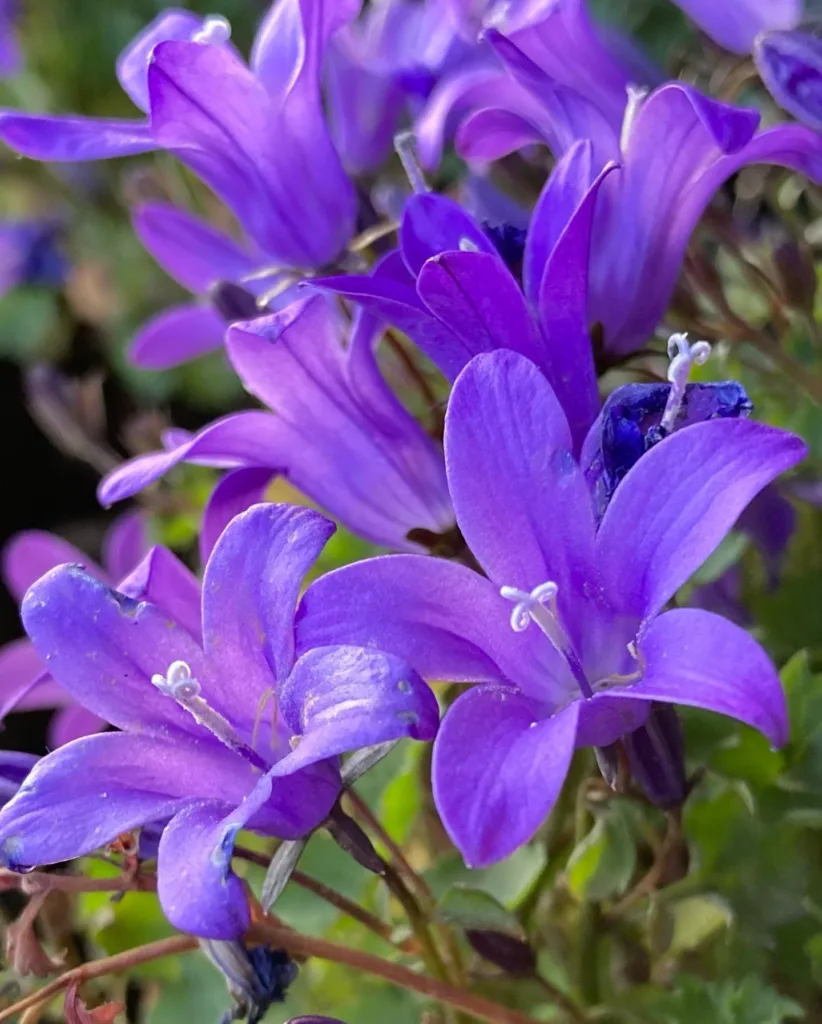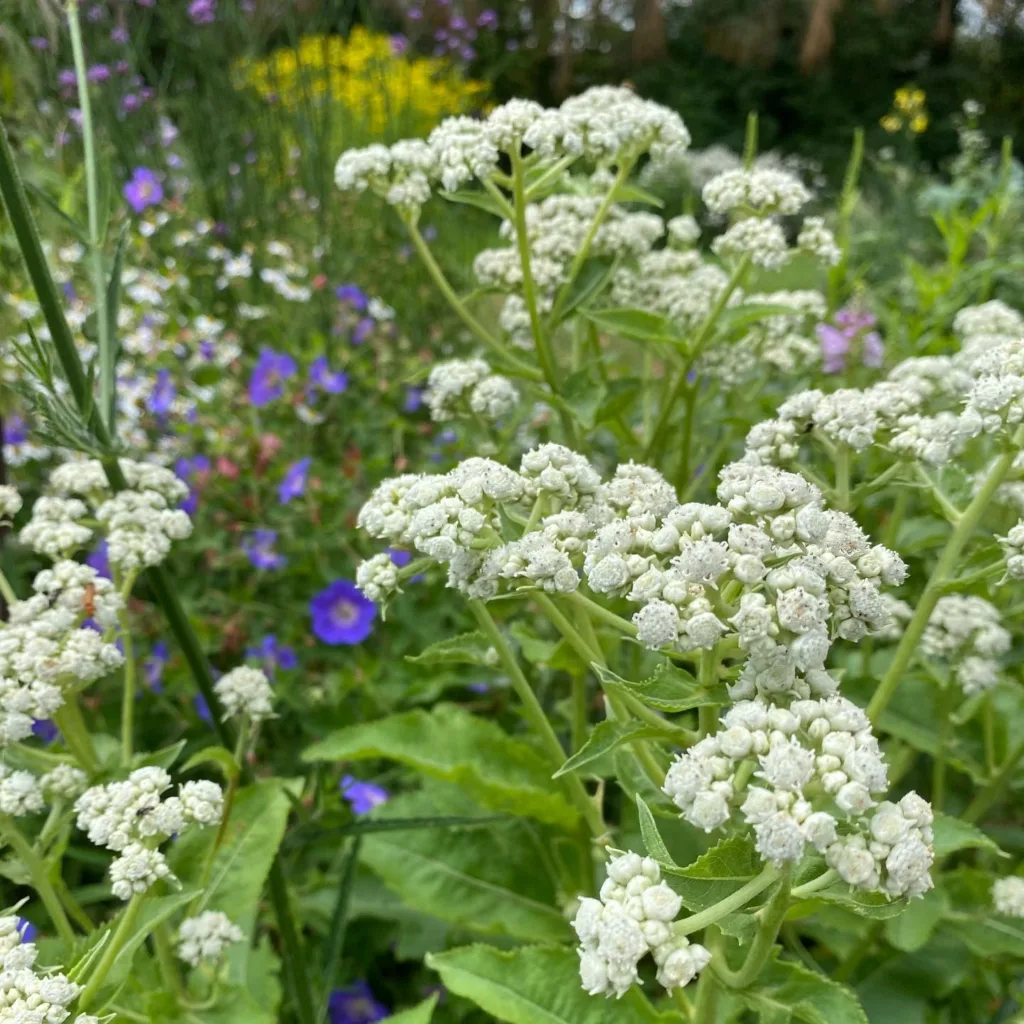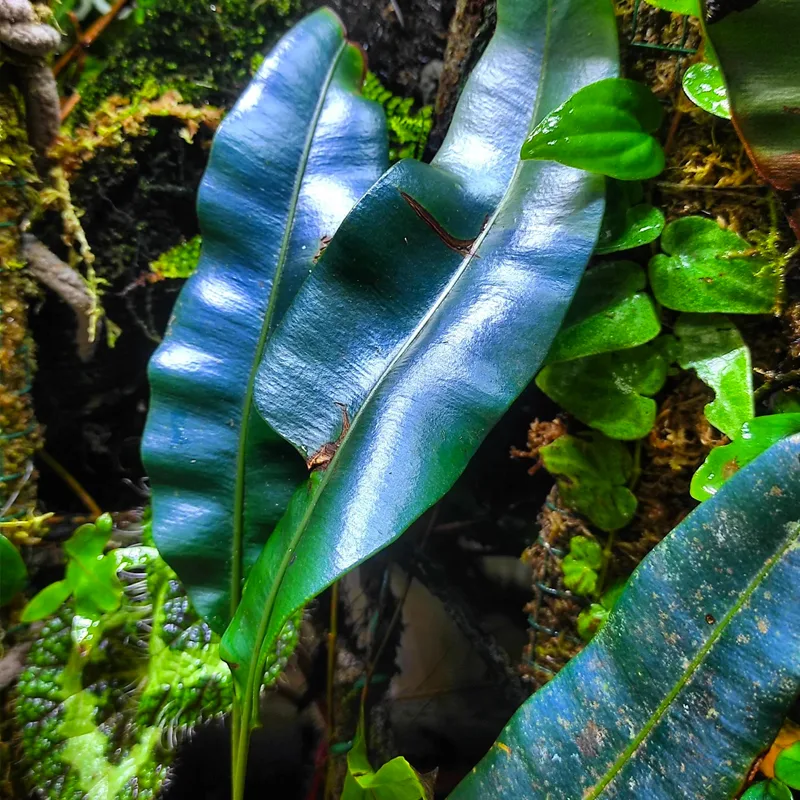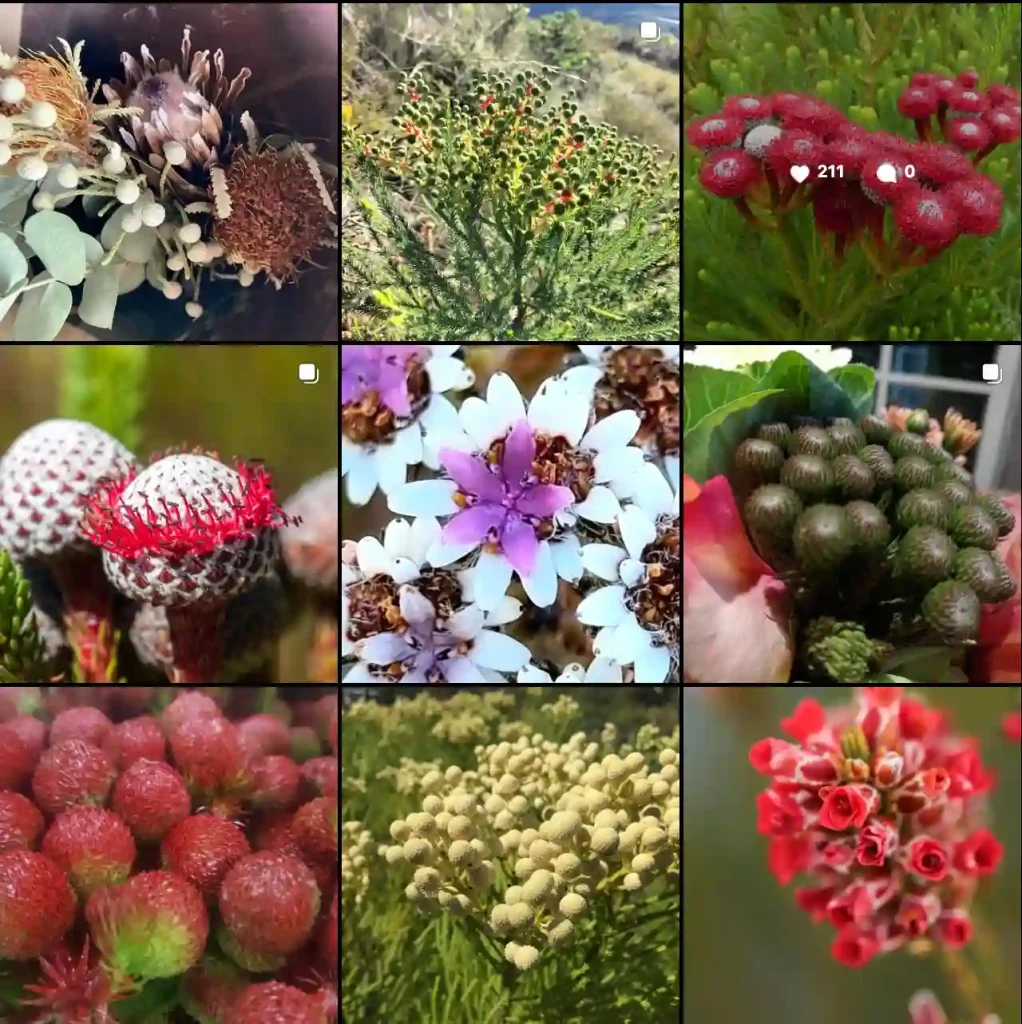Philodendron Tenue: A Stunning Climber for Plant Enthusiasts
Hey there, Ferb Vu here! Today, we’re diving into the world of the captivating Philodendron Tenue. This elegant climber boasts unique, elongated leaves and thrives in the right environment. Whether you’re a seasoned plant parent or just starting your indoor jungle, this FAQ will equip you with everything you need to know about caring for your Philodendron Tenue.
623 Species in Genus Philodendron
Light: Illuminating the Path to Growth
Philodendron Tenue prefers bright, indirect sunlight. Think dappled light filtering through leaves in a rainforest canopy. Avoid harsh, direct sun, as this can scorch the delicate foliage. East or north-facing windows are ideal placements. If your home lacks sufficient natural light, consider supplementing with grow lights to maintain healthy growth.
Can Philodendron Tenue Live in Low Light?
It can tolerate lower light conditions, but growth will slow. Signs of insufficient light include leggy stems and stretched-out leaves. Introduce grow lights or relocate your plant to a brighter spot if you observe these symptoms.
Watering: Finding the Perfect Balance
Philodendron Tenue enjoys consistently moist, but not soggy, soil. The key is to water deeply when the top inch of soil dries out. Avoid letting the plant completely dry out, as this can stress the roots. Conversely, overwatering is a recipe for root rot. Ensure your pot has drainage holes to allow excess water to escape.
How Often Should I Water My Philodendron Tenue?
The frequency depends on factors like pot size, light conditions, and temperature. During the growing season (spring and summer), watering once a week might suffice. In winter, reduce watering as the plant goes dormant.
Tip: Stick your finger into the soil. If it feels dry to the first knuckle, it’s watering time.
Humidity: Creating a Tropical Paradise
Philodendron Tenue thrives in moderate to high humidity (ideally above 60%). This mimics its natural rainforest habitat. Here are some ways to boost humidity:
- Pebble tray: Place your plant on a tray filled with pebbles and water. As the water evaporates, it increases humidity around the plant.
- Grouping plants: Clustering your Philodendron Tenue with other humidity-loving plants creates a microclimate that retains moisture.
- Humidifier: For a more controlled approach, invest in a humidifier to maintain consistent humidity levels.
Can Philodendron Tenue Survive in Low Humidity?
It can tolerate average household humidity, but the leaves might become crispy or curl at the edges. Implementing the humidity tips above will keep your plant happy and flourishing.
Soil: The Foundation for Success
A well-draining, airy potting mix is crucial for Philodendron Tenue. Aroid mix, which is specifically formulated for aroids like philodendrons, is a great option. You can also create your own mix using equal parts perlite, orchid bark, and potting soil.
Is Philodendron Tenue Easier to Care for Than Other Philodendrons?
Generally, Philodendron Tenue is considered an easy-to-care-for plant. It’s less fussy about light and humidity compared to some other philodendron varieties. However, all plants have specific needs. Proper care will ensure your Philodendron Tenue thrives.
Fertilizing: Fueling Growth
During the growing season, fertilize your Philodendron Tenue once a month with a balanced, diluted liquid fertilizer. Opt for a fertilizer formulated for houseplants. Avoid over-fertilizing, as this can lead to salt buildup and damage the roots. In winter, feeding can be reduced or stopped altogether.
Support: Climbing High with Confidence
Philodendron Tenue is a natural climber. As it matures, it will benefit from a moss pole or coir totem to support its aerial roots and encourage upward growth. This not only allows the plant to reach its full potential but also adds a vertical element to your indoor jungle.
Does Philodendron Tenue Need to Be Repotted?
As your Philodendron Tenue grows, it will eventually outgrow its pot. Signs of needing a repot include roots circling the pot or the plant becoming top-heavy. Repot in a pot 1-2 inches larger in diameter using fresh potting mix.
Propagation: Sharing the Philodendron Tenue Love
Propagating Philodendron Tenue is a rewarding experience. Here’s a simple method:
- Identify a healthy stem with at least two nodes (the bumps where leaves emerge).
- Using a sterilized cutting tool, make a clean cut below a node.
- Plant the cutting in a pot filled with a well-draining potting mix. Ensure the node is buried.
- Water thoroughly and place the pot in a warm, humid location with bright, indirect light.
- Keep the soil consistently moist but not soggy.
Common Pests and Problems: Keeping Your Philodendron Tenue Healthy
While Philodendron Tenue is a relatively resilient plant, it can still be susceptible to occasional pests and problems. Here’s how to identify and address them:
Pests:
- Mealybugs: These cottony white insects suck sap from leaves. Treat them with insecticidal soap or neem oil spray.
- Spider mites: Tiny white or red mites that create webbing on the underside of leaves. Use neem oil spray or increase humidity to deter them.
Problems:
- Brown leaves: This can be caused by underwatering, overwatering, or excessive light. Adjust your watering routine and check for signs of sunburn.
- Yellowing leaves: Similar to brown leaves, yellowing can indicate underwatering, nutrient deficiency, or aging foliage. Remove yellow leaves and adjust your care regimen accordingly.
- Stunted growth: Insufficient light or lack of nutrients can lead to slow growth. Ensure your plant receives adequate light and fertilize it during the growing season.
Philodendron Tenue and Sharoniae
A prominent distinction between these two philodendron types lies in the morphology of their leaves. The Philodendron Tenue showcases expansive, heart-shaped foliage, whereas the Philodendron Sharoniae boasts slender, arrowhead-shaped leaves. Moreover, the leaves of the Philodendron tenue exhibit distinctive horizontal creases that traverse their surface.
Conclusion: Bringing the Beauty of Philodendron Tenue Home
With its elegant foliage and climbing habit, Philodendron Tenue is a captivating addition to any indoor space. By following these simple care tips, you can ensure your Philodendron Tenue thrives for years to come. Remember, the key lies in providing the right balance of light, water, humidity, and support. So, embrace the challenge and witness the beauty of this unique climber unfold in your home!
If i die, water my plants!



